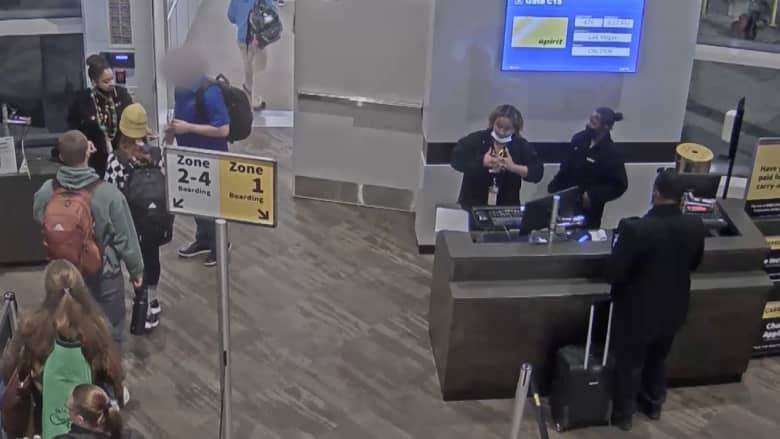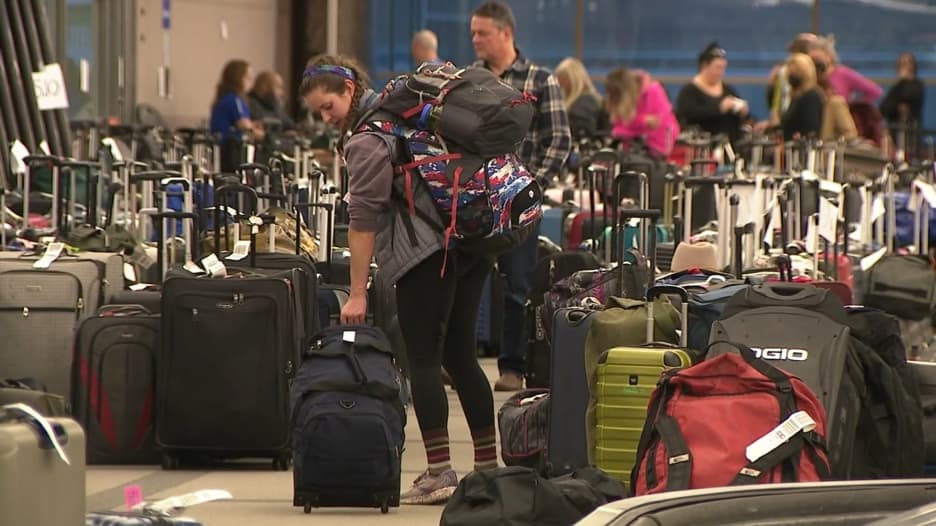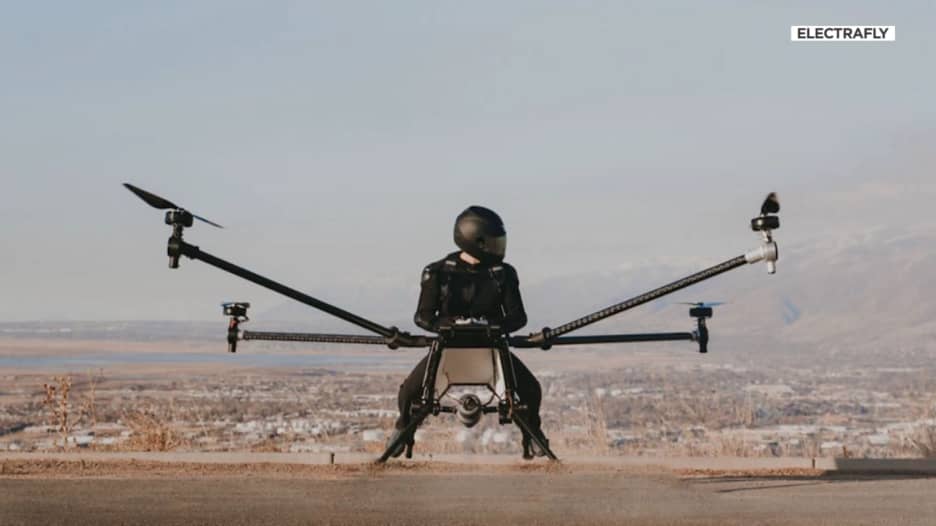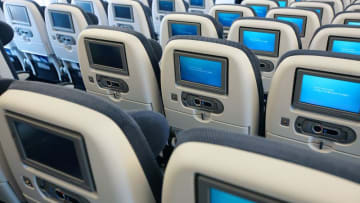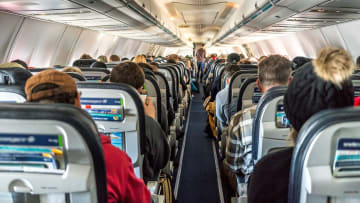دبي، الإمارات العربية المتحدة (CNN)--اعتدنا جميعًا على الرّوتين الخاص بالسّفر على متن طائرة، والذي يشمل التأكّد من أنّ المقاعد في الوضعيّة الصّحيحة، وطي طاولات الطّعام، وفتح ستائر النّوافذ، وتخزين أجهزة الحاسوب المحمولة في مساحات التّخزين العلويّة، وضبط الأجهزة الإلكترونيّة على وضعية الطيران.
ويسهل رؤية المنطق وراء أول 4 خطوات، ولكن ما السّبب وراء ضبط الهواتف المحمولة على وضعية الطيران؟
تقدّمت التّكنولوجيا بشكلٍ كبير
وتعتمد الملاحة الجويّة والاتصالات على الخدمات الراديويّة المُنسّقة لتقليل التّداخل منذ عشرينيّات القرن الماضي، بحسب ما ذكر دوغ دروري، والذي يعمل كأستاذ ورئيس قسم الطيران بجامعة "كوينزلاند" المركزيّة.
وتُعتبر التّكنولوجيا الرّقمية المُستخدمة حاليًا أكثر تقدمًا من بعض التقنيات التّناظريّة القديمة التي استخدمناها قبل 60 عامًا.
ووفقًا لما أظهرته الأبحاث، يمكن للأجهزة الإلكترونيّة الشخصيّة إطلاق إشارة ضمن نطاق التردّد ذاته لأنظمة الاتّصالات والملاحة بالطّائرة، ما يخلق ما يُعرف بالتّداخل الكهرومغناطيسي.
ولكن أثناء دراسة مستقلّة في عام 1992، قامت هيئة الطيران الفيدرالية الأمريكية (FAA) وشركة "بوينغ" بالتّحقيق في أثر استخدام الأجهزة الإلكترونيّة في التّداخل مع الطّائرات، ولم يتم العثور على أي مشاكل متعلّقة بأجهزة الحاسوب أو الأجهزة الإلكترونيّة الشخصيّة الأخرى أثناء المراحل غير الحرجة من الرّحلة (تُعتبر عمليات الإقلاع والهبوط مراحل حرجة).
وبدأت هيئة الاتصالات الفيدرالية الأمريكية أيضًا في إنشاء نطاقات تردّد محجوزة لاستخدامات مختلفة لضمان عدم تداخلها مع بعضها البعض.
وطبّقت الحكومات في جميع أنحاء العالم الاستراتيجيّات والسّياسات ذاتها لمنع التّداخل.
وسُمحت للأجهزة الإلكترونيّة بالبقاء في الوضعية العاديّة في الاتحاد الأوروبي منذ عام 2014.
2.2 مليار مسافر
ولكن ما السّبب وراء استمرار صناعة الطيران في حظر استخدام الهواتف المحمولة؟
وتكمن إحدى المشاكل في أمرٍ قد لا تتوقّعه، أي التّداخل الأرضي.
وترتبط الشّبكات اللاسلكية بسلسلة من الأبراج، ويمكن أن تصبح الشّبكات مثقلة بالأعباء في حال استخدم جميع الركّاب الذين يحلّقون فوق هذه الشّبكات الأرضيّة هواتفهم.
وبلغ عدد الرّكاب الذين سافروا في عام 2021 أكثر من 2.2 مليار شخص، ويعادل ذلك نصف ما كان عليه عدد الرّكاب لعام 2019.
وقد تكون للشّركات اللاسلكيّة وجهة نظر بذلك، بحسب ما أشار إليه دروري.
وعندما يتعلّق الأمر بشبكات الهواتف المحمولة، يكمن التغيّر الأكبر خلال الأعوام الأخيرة في الانتقال إلى معيارٍ جديد.
وتسبّبت شبكات الجيل الخامس اللاسلكيّة الحاليّة، وهي مرغوبة لقدرتها على نقل البيانات بسرعةٍ أكبر، بقلق الكثير من الأفراد في صناعة الطيران.
ويتمتّع عرض النّطاق التّرددي للراديو بمحدوديّته، ومع ذلك لا زلنا نحاول إضافة المزيد من الأجهزة الجديدة إليه.
وأشارت صناعة الطيران إلى أنّ عرض النّطاق التّرددي لشبكات الجيل الخامس اللاسلكية قريبة بشكلٍ ملحوظ من عرض النّطاق الّترددي المحجوز للطيران، ما قد يتسبّب في حدوث تداخل مع أنظمة الملاحة بالقرب من المطارات التي تساعد في هبوط الطائرات.
وأعرب مشغلو المطارات في أستراليا والولايات المتحدة عن مخاوف أمنية مرتبطة بإطلاق شبكات الجيل الخامس، ومع ذلك يبدو أنّها طُرِحت من دون مشاكل مشابهة في الاتحاد الأوروبي.
وفي الحالتين، من المنطقي الحد من استخدام الهواتف المحمولة على متن الطائرات أثناء حل المشاكل المتعلّقة بشبكات الجيل الخامس.
